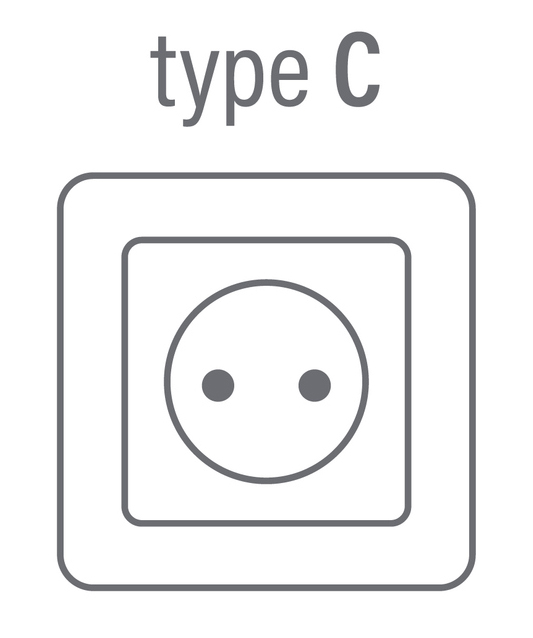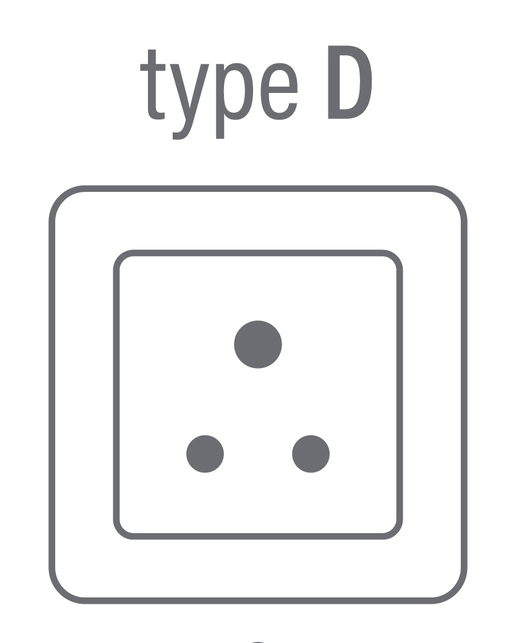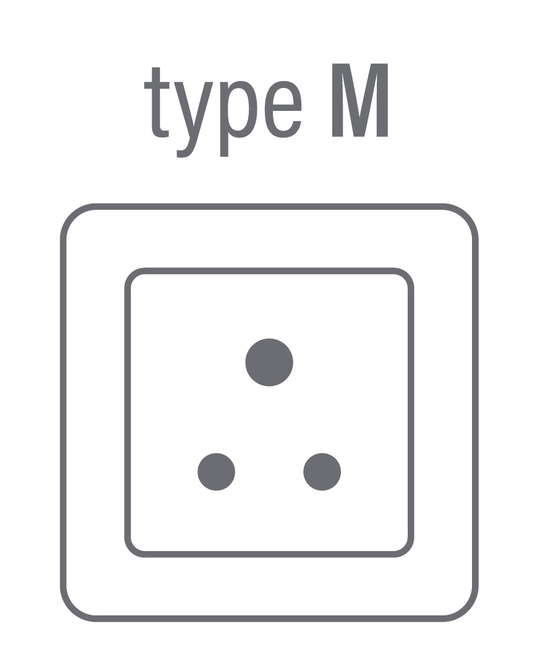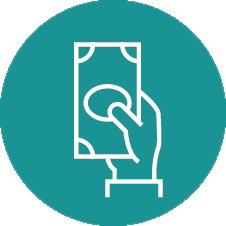India
![]()
TRAVEL INFORMATION QUICK LINKS
Navigate your travels seamlessly with vital information on passport and visa requirements, plug types, currency exchange, and other essential details to make your journey hassle-free.
Stay informed and prepared for your journey with these essential health and safety tips to ensure a smooth and worry-free travel experience.
A handy guide offering suggested tipping amounts to enhance your travel experiences with ease and respect for local customs.
Prepare for your adventure with insights into the weather of your destination, offering valuable information to help you pack and plan accordingly for a comfortable and enjoyable journey.

ESSENTIAL TRAVEL INFORMATION
PASSPORT REQUIREMENTS
- US citizens, including those on official US government business, require a valid passport and valid Indian visa to enter and exit India for any purpose.
- Passports must have a minimum of six months validity from the date of application for the visa with at least two blank pages in addition to the last two amendment pages.
VISA REQUIREMENTS
There are two types of visas available for US citizens traveling to India. Both can be paid for electronically.- The ETA is only valid for tourism or casual visits for sixty days from the date of arrival in India. It cannot be extended, converted, or used more than three times in a calendar year. To apply, please follow these steps:
- Log in at Indian Visa Online. Tourist visa on arrival links may also be found on the websites of the Ministry of Tourism, the Ministry of Home Affairs, and the Bureau of Immigration.
- The online application must be filled in a minimum of four days and a maximum of 120 days prior to the proposed date of travel.
- Fill in the required details on the website, upload a photo meeting the requirements listed online (recent front facing photograph with white background), and a copy of the traveler’s passport information page containing picture and details.
- Pay the visa fees (USD $100 (for US citizens) plus processing fees) online, using a credit or debit card. Once paid, the fees are nonrefundable under any circumstances. The online application will be processed only after the fees are paid.
- You will receive the ETA by email within seventy-two hours. Please take extra care to provide your correct email address.
- Carry a printout of the ETA at the time of travel and present the ETA, disembarkation card, and passport at the TVoA counter at your arriving Indian airport for a visa stamp.
- Biometric details of the applicant will be mandatorily captured at the TVoA counter on arrival in India.
- The standard tourist visa is the best choice for travelers who will exit and reenter India during their itinerary or are unable or ineligible to use the ETA program. To apply, please visit Government of India standard visa application and follow their detailed instructions.
- This application must be filed at least fifteen days prior to departure and takes between three and five business days to process.
- The standard tourist visa is valid for multiple entries within a six-month period.
- The fees for a US citizen vary depending on the mission where the application is filed and will be listed in your application instructions.
- Read more at: US Department of State Profile for India
LANGUAGE
- India does not have a national language. However, the constitution mandates Hindi and English as "Official Languages".
CURRENCY
- The unit of currency in India is the rupee (INR).
- International credit cards are widely accepted. Visa is the most commonly accepted card brand, with MasterCard a close second.
- India is a mixed cash, card, and digital payment society, so it is a good idea to carry at least two forms of payment securely.
- USD, EUR, and GBP are the easiest currencies to exchange, and USD may even be accepted as payment for purchases.
TIME ZONE:
GMT +5:30VOLTAGE:
220-240 Volts, 50HzPLUG TYPE:
India uses Type C, D, and M plugs.


IMPORT & EXPORT RESTRICTIONS
- It is illegal to export elephant ivory and rhino horn products.
- The export of antiquities, art, precious metals or gems, or game trophies requires a permit from the appropriate authorized government department.
- For detailed import and export regulations, please consult the IATA Travel Centre.

TRAVELERS’ HEALTH & SAFETY
REQUIRED IMMUNIZATIONS
- Yellow fever vaccination is required for all travelers over nine months of age who are coming from countries with risk of yellow fever transmission within the last six days.
- Please visit the CDC.gov website for recommended immunizations to visit India.
OTHER SAFETY NOTES
- Malaria risk exists in certain regions of India. Discuss appropriate malaria prophylaxis and other routine vaccinations with a travel medicine specialist prior to travel.
- Measles, dengue, and zika have been identified in India within the past 12 months.
- Avoid stagnant or contaminated water.
- Insect-borne diseases are found throughout India. Take appropriate precautions against insect bites such as using insect repellent and wearing long sleeves and pants.
- Terrorism is an increased risk in India. Enroll in STEP to get the latest security updates while you travel and to help embassy staff contact you in an emergency.
- Street crime in India may target foreign citizens. Take appropriate precautions by hiding valuables and only make use of transportation arranged by Ker & Downey or your hotel.
- India is a very large country with an extremely dense population. Please familiarize yourself with the Department of State Profile and remain vigilant of the potential for natural disasters.
LOCAL LAWS AND CULTURAL CONSIDERATIONS
- Accessibility: The law in India mandates that all public buildings and transport be accessible. However, this is not enforced evenly throughout the country, and physical accessibility remains an issue.
- Cattle products: Each state has its own restrictions on cattle products. In some rural areas, vigilantes have attacked people they suspected of selling or consuming cattle products.
- Dual nationality: India does not permit its citizens to hold dual nationality.
- Ivory: It is illegal to possess ivory, as well as other protected animal parts including from rhino and pangolin.
- Laundry: Some remote properties will not be able to launder underwear due to cultural differences. Pack extra.
- LGBTQIA+: Although Indian law prohibits discrimination by government employees, the government is inconsistent in implementing and enforcing these laws.
- Local dress: Indians are expected to dress modestly, especially women who are expected to cover legs and shoulders. Travelers are expected to follow local customs.
- Photography: It is imperative that GPS data NEVER be recorded for wildlife photography, especially highly poached species such as tiger, rhino, and pangolin. It is also illegal to photograph many government buildings and military personnel, as well as airports.
- Prescription drugs: Please contact the embassy for specific questions about your prescription medications. DO NOT attempt to bring cannabis-derived products into or out of India.
- Tap water: Tap water may not be potable in all regions. Do not drink tap water without confirming it is safe to drink.
- Technology: Possession of a satellite phone in India is strictly prohibited and may lead to detention or arrest.

GRATUITIES
- Airport assistance: INR 200 per service
- City assistant: INR 500 per city
- Hotel porter: INR 100 per bag
- Transfer: INR 500 per transfer (all guests)
- Guide – full day: INR 2,000 per day
- Guide – half day: INR 1,000 per day
- Multi-day escort/guide: INR 3,000 per day
- Driver – full day: INR 1,000 per day
- Driver – half day: INR 500 per day
- Multi-day driver: INR 1,500 per day
- Resort/camp/lodge staff: INR 3,000 per night
- Elephant handler: INR 100 per day
- Train staff (overnight trains): INR 100 per day
- Government ranger: INR 1000 per day (all guests)
- Game naturalist: INR 1000 per day (all guests)
- Shikara boatmen: INR 250 per day
- Restaurants: 10-15% of total bill

WEATHER
- Northern Plains: Hot and dry with temperatures often exceeding 40°C (104°F).
- Southern India: Hot and humid, with coastal areas experiencing relatively higher temperatures.
- All Regions: The southwest monsoon brings heavy rainfall to most parts of India during this period. The western coast and northeastern regions receive particularly high rainfall.
- Northern India: Gradual decrease in temperature, and the weather becomes more pleasant.
- Southern India: Retreating monsoon with some rainfall in the early part of the season.
- Northern Plains: Cool to cold temperatures, with some areas experiencing frost. Fog is common in the northern plains.
- Southern India: Mild temperatures, with some areas experiencing cooler nights.
- Himalayan Region: Cold temperatures and snowfall during winter.
- Northeastern States: Generally, experience heavy rainfall throughout the year, with milder winters.